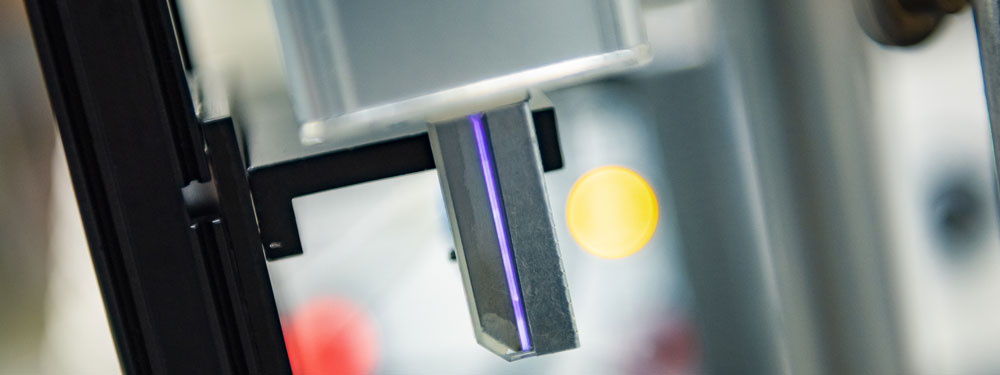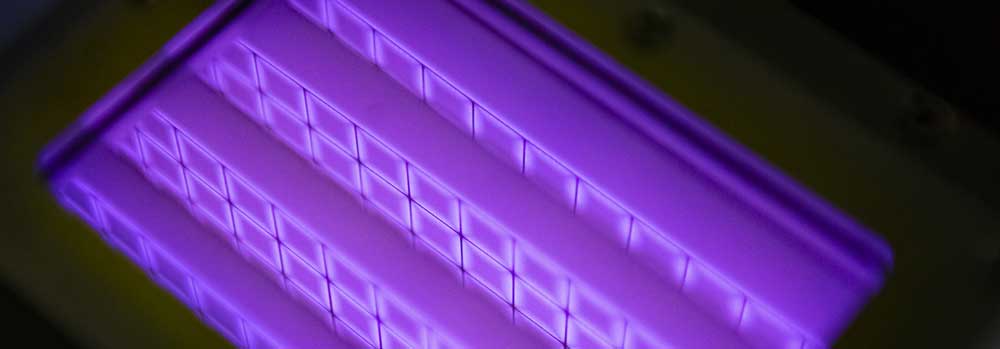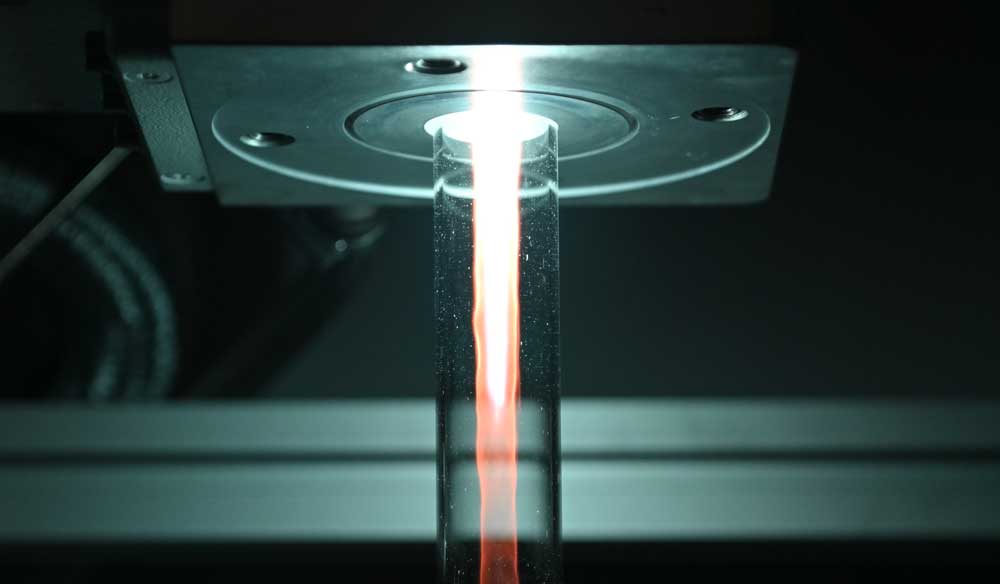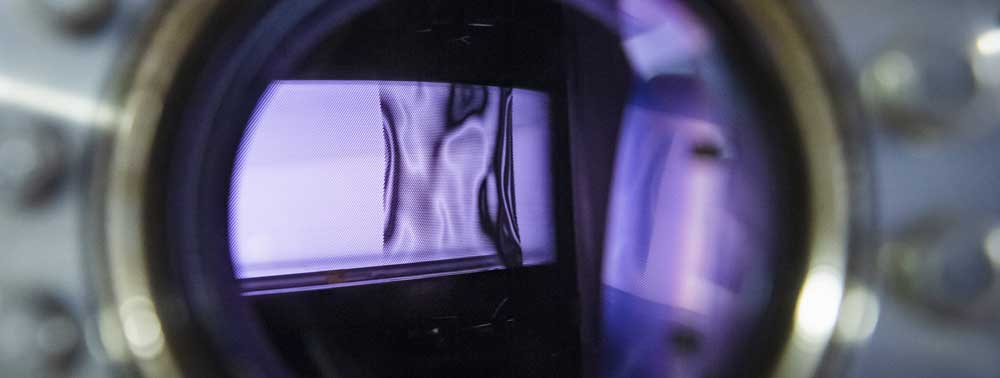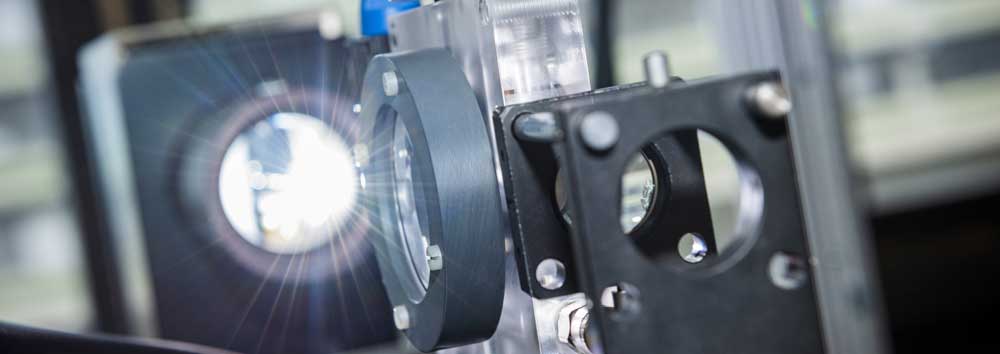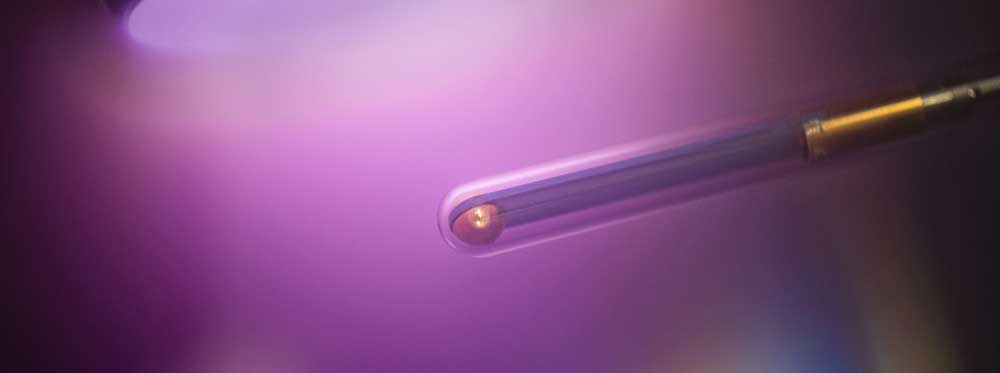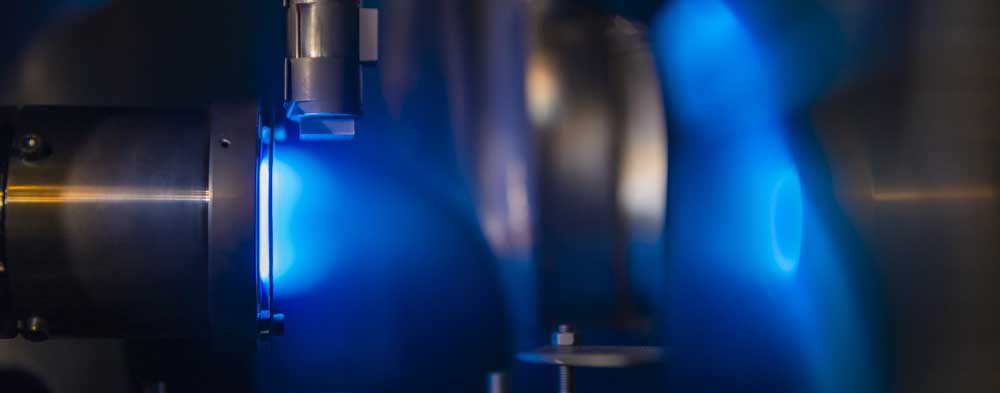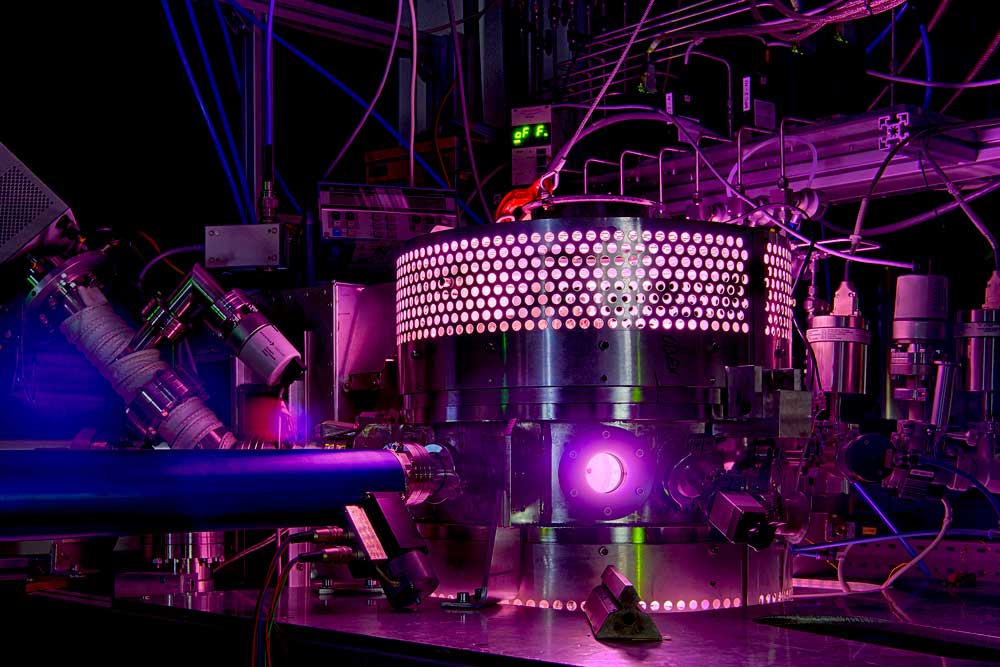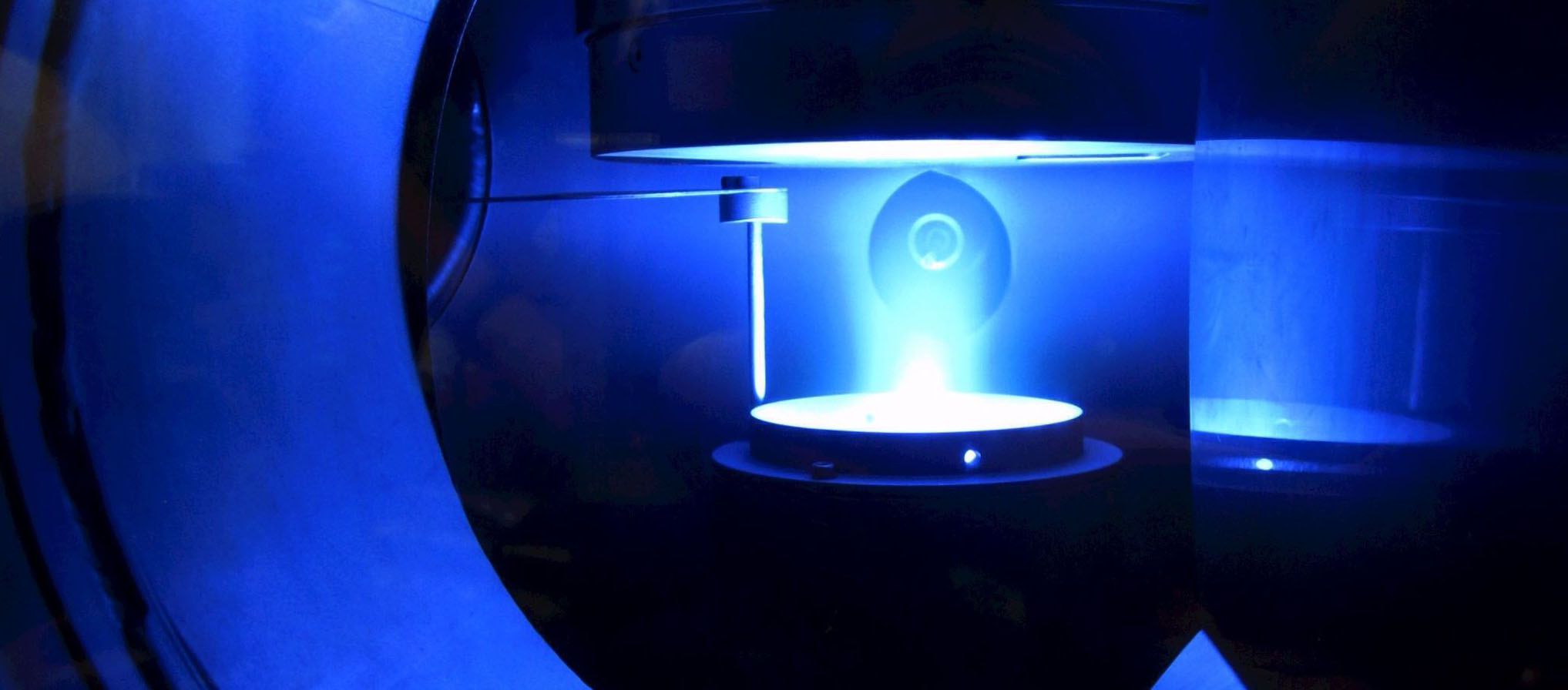A3,A7 - Plasma ChemistryGas Conversion in an sDBDSurface Dielectric barrier discharges are perfect |
- Details
Interantionalization
ICOPS conference in Seattle

The 49th International Conference on Plasma Science (ICOPS) was held in Seattle from May 22 through May 26. It was one of the first conferences since the beginning of the COVID pandemic situation that was organized as a hybrid conference and partly held on site. It was nice to be back at a live conference getting in touch face to face with other researchers. More than 350 on site attendees visited the conference and more than 150 researchers joined the conference virtually. The conference venue was the Sheraton Grand Seattle located in Seattle Downtown. The scientific program reached out to wide varieties in the field of plasma physics covering topics such as basic phenomena in high temperature fusion plasmas or low temperature plasma jets up to the applications of different sources as for example in medicine, agriculture or for environmental purposes.
Beside the scientific program there were lots of things to discover around the area such as strolling at the famous Pike Place Market or going up the Space Needle to get a great view over the city and the 4392m high volcano Mount Rainier, if it does not hide itself in dense clouds. During the conference a spontaneous group event took place, exploring the night life of Seattle together with around 30 other researchers and the conference was eventually closed with a nice banquet.
Patrick Preissing, project B2
- Details
Teaching
Visit of CRC 1316 students at Avantes
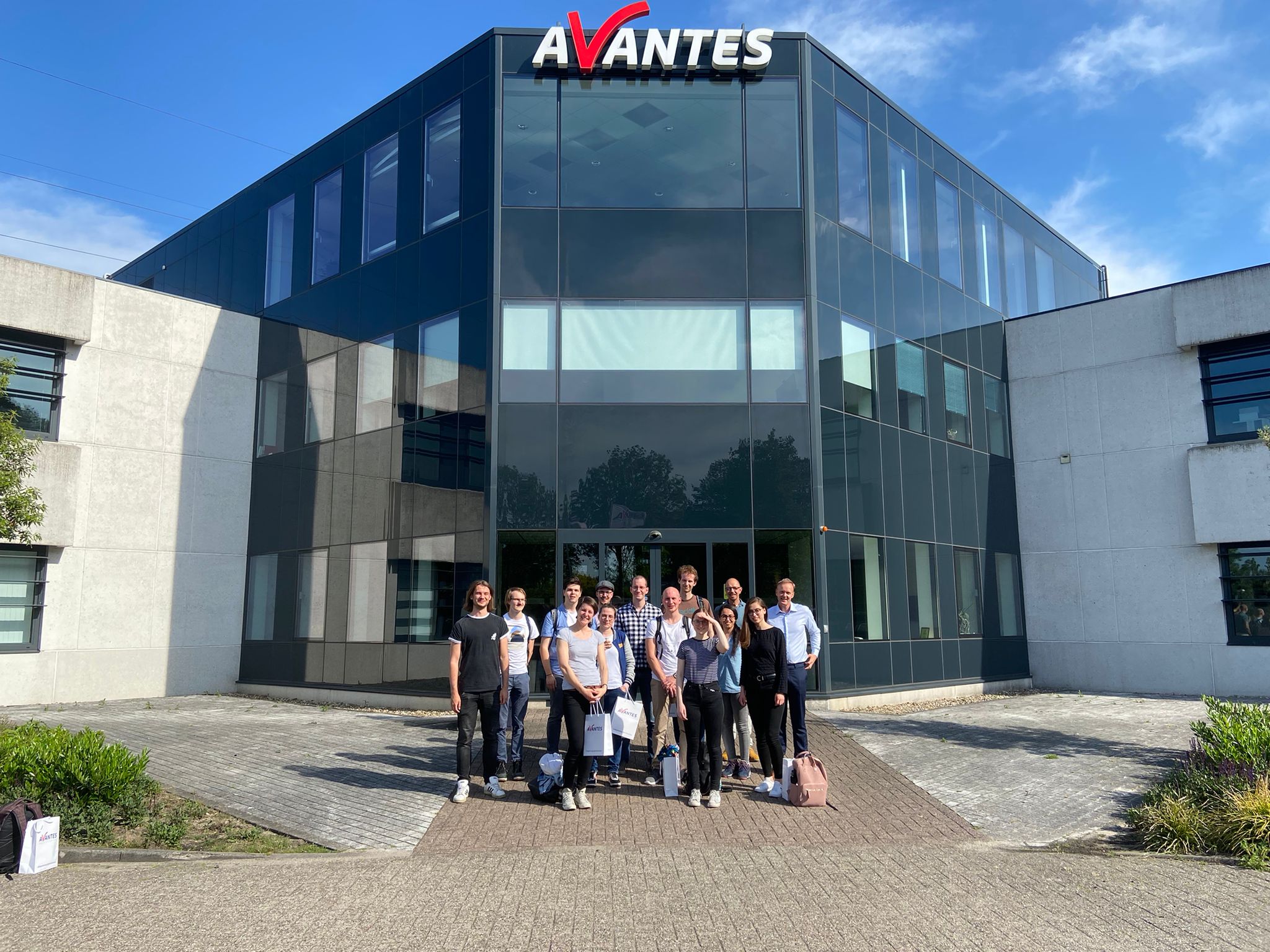 The participants of the lecture "Plasma Diagnostics" from this and previous semesters visited the company Avantes in Apeldoorn, NL on 3.6.22. The Dutch company is specialized in so called hand-held or USB spectrometers and related accessories. These spectrometers are popular for species identification but also for monitoring plasmas.
The participants of the lecture "Plasma Diagnostics" from this and previous semesters visited the company Avantes in Apeldoorn, NL on 3.6.22. The Dutch company is specialized in so called hand-held or USB spectrometers and related accessories. These spectrometers are popular for species identification but also for monitoring plasmas.
During the from the Faculty of Physics and Astronomy supported excursion, insights into the production and new developments were given in addition to further application possibilities. In two small workshops, current plasma-relevant diagnostics could be used live, namely Raman spectroscopy and laser-induced breakdown spectroscopy (LIPS), which directly closed the circle to the lecture.
Students from the Faculty of Physics and Astronomy who are writing their theses as part of CRC 1316 participated in the trip.
- Details
Research
Editors pick of a research paper of project B7 on experiment and modeling of in-liquid streamers
The paper: "Propagation of nanosecond plasmas in liquids—Streamer velocities and streamer lengths" Journal of Vacuum Science & Technology A 40, 043003 (2022); had been selected as editors pick.
- Details
Research Data Management
Exchange Research Data Management UA Ruhr & Oulu
Under the slogan "Mining of research data instead of coal" the UA Ruhr organized an international knowledge exchange on data management with researchers working as data stewards at the University of Oulu, Finland on 11th and 12th May. The event was hosted in the convention center of Ruhr University Bochum and by zoom.
The local structures supporting research data management at the UA Ruhr universities were presented and experiences on advice, training and data management plans, and discuss best practices were shared.
Furthermore, an exchange between the CRCs CRC 1280 and CRC 1316 as well as the partners from UA-Ruhr and the Finnish guests took place. Here researchers and data stewards as well as data experts from the consortia were brought together.
The event was a great success, as the structures on both sides differ, but the challenges of the individual actors in the field of data management are identical. Thus, many interesting experiences could be exchanged. Due to the success, a return visit to Oulu is now being planned to continue the exchange.
- Details
Research Data Management
Data Stewards from Finland visit RUB
An Erasmus program enables exchange among university staff. RUB welcomes guests from the University of Oulu.
RUB receives a visit from Finland. The Erasmus+ Staff Mobility Program enables visits of university staff to expand internationalization. From the UNIC partner university Oulu in Finland, researchers from different faculties are visiting RUB to exchange ideas on research data management.
On May 11, 2022, the so-called Data Stewards will be welcomed at an event hosted by RUB, the University of Duisburg Essen (UDE) and the Technical University (TU) Dortmund at the Event Center on campus. The Data Stewards are responsible for the Faculty of Education, Oulu Business School, Faculty of Humanities, Faculty of Technology and Faculty of Science and Biocenter Oulu.
The participating guests are Data Stewards from various collaborative projects, personnel from the libraries and central IT, and interested researchers from the three universities of the University Alliance Ruhr. In addition to the RUB, these include the UDE and TU Dortmund. On May 12, the program for the Finnish guests will also include one-on-one discussions and roundtable discussions in smaller groups. These include, for example, laboratory tours of the Collaborative Research Centers "Extinction Learning" (SFB 1280) and "Transient Atmospheric Pressure Plasmas - from Plasma to Liquids to Solids" (SFB 1316), a discussion round on the topic of Open Science and talks with the University Library, the WORLDFACTORY Start-up Center and the Materials Research Department.
adapted from Katrin Heyer, RUB
- Details
Awards
Faraday Medal for Beatriz Roldan
FHI Director Beatriz Roldán Cuenya will be awarded the prestigious Faraday Medal from the Royal Society of chemistry of UK for 2022. She will receive the medal at “Electrochem2022” in Edinburgh this September. In 1987, there was another prior winner from FHI, former director and world-wide electrochemistry leader, Prof. Heinz Gerischer.
- Details
Scientific Publications
Achim von Keudell new Editor in Chief for Plasma Processes and Polymers
Achim von Keudell became with the beginning of March one of the four Editors in Chief of Plasma Processes and Polymers.
- Details
MGK Colloquium
Virtual MGK colloqium 2022
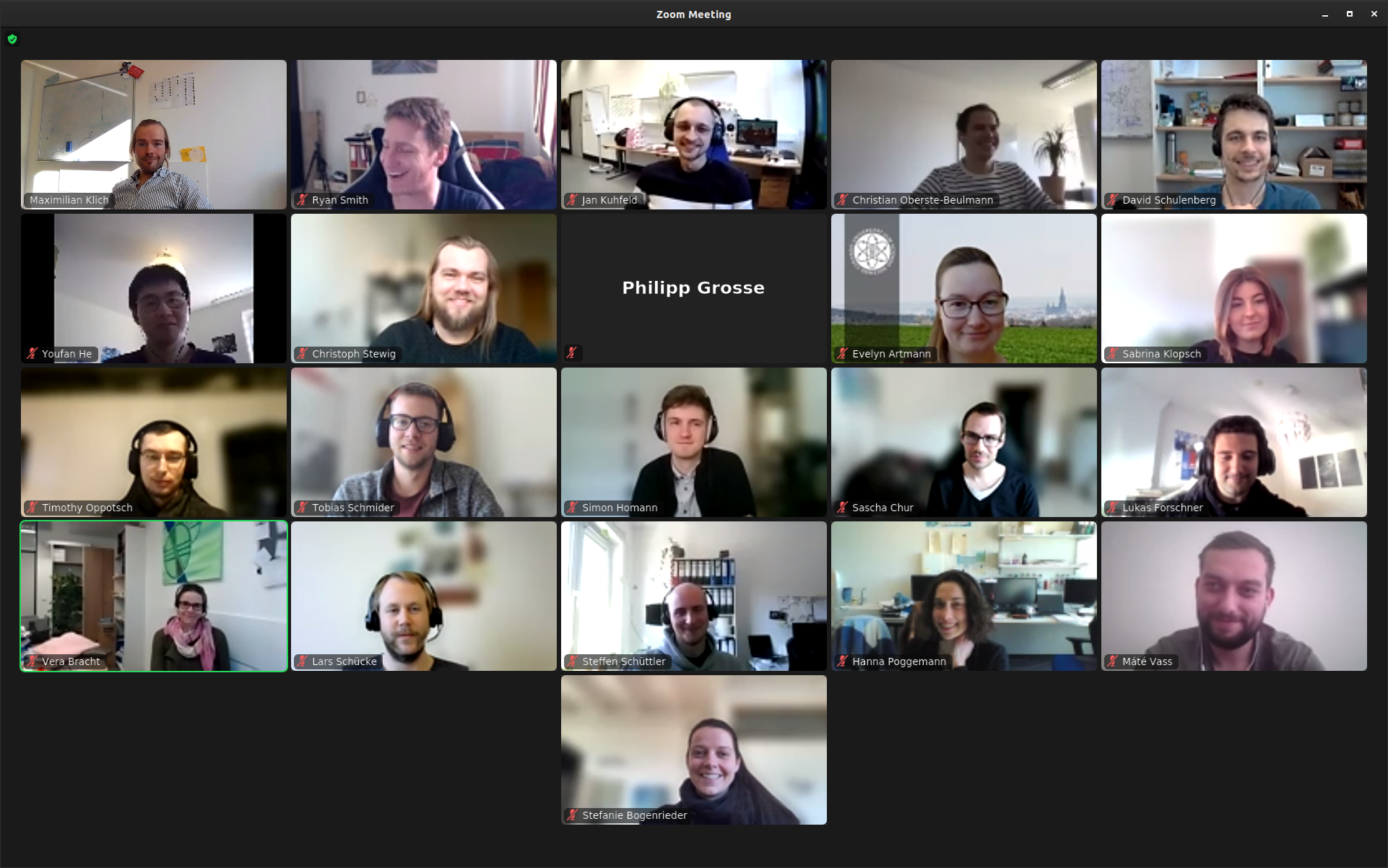
With the start of the second funding period, all PhD students of the projects within the CRC 1316 were invited to participate in the annually MGK colloquium. The colloquium was held online at 7th and 8th of March 2022 and was organized by Maximilian Klich (project A8) and David Schulenberg (project A4).
The colloquium served as an introduction of the many new PhDs joining the CRC 1316 in its second funding period. Without the participation of project leaders it achieved a casual atmosphere for sharing scientific knowledge and interests between the PhD students. Here, they could introduce themselves and their projects as well as give a short summary about their projects achievements and future plans through talks or a poster presentation. Leading the talks regarding the different research topics modelling, DBD/RF discharges and plasma in liquids were the invited speakers which generated a well rounded experience.
The new funding period also required a few elections, namely the position of the PhD speaker formerly held by Maximilian Klich, as well as a position in the CRC 1316 gender board held by Lars Schücke (project A7) and Katharina Grosse (project B7). The newly elected PhD speaker is David Schulenberg and Stefanie Bogenrieder (project B4) as well as Lukas Forschner (project B12) are the new gender board representative.
Sascha Chur, project B2 of the CRC 1316
- Details
Research
P. Grosse publishes recent results on electrochemical CO2 reduction in Nature Communications
A team of researchers from the Department of Interfacial Sciences at FHI Berlin has discovered how changes in the structure of copper catalyst particles during electrochemical CO2 reduction affect their catalytic performance. This should lead to the development of new catalysts that convert the greenhouse gas CO2 into useful chemicals. Researchers around CRC member Philipp Grosse from project B1 published their work in the journal Nature communications.
The could show how the initial number of catalysts particles, their size and density on the support electrode surface is not a reliable indicator of the actual number of particles present during reaction. More importantly, Philipp Gosse and colleagues show that by optimizing the design of the pre-catalyst structures, the structural evolution under working conditions is influenced and thus also their selectivity. This is also important for the electron microscopists.
- More details can be found here.



